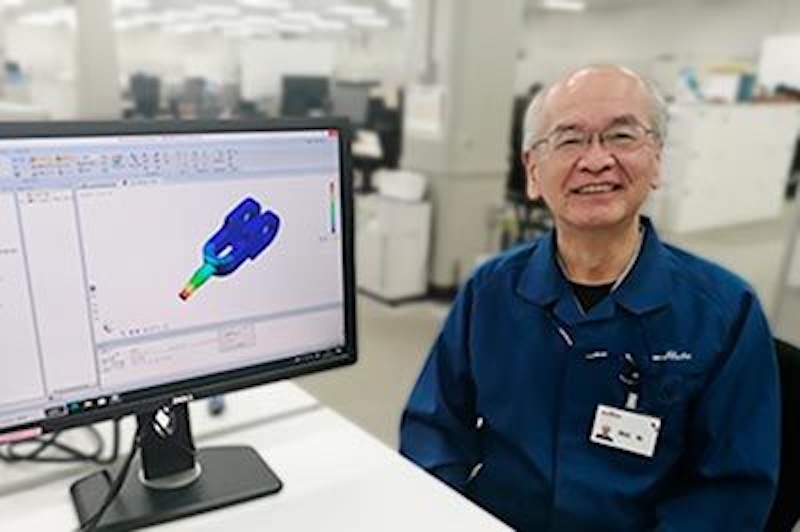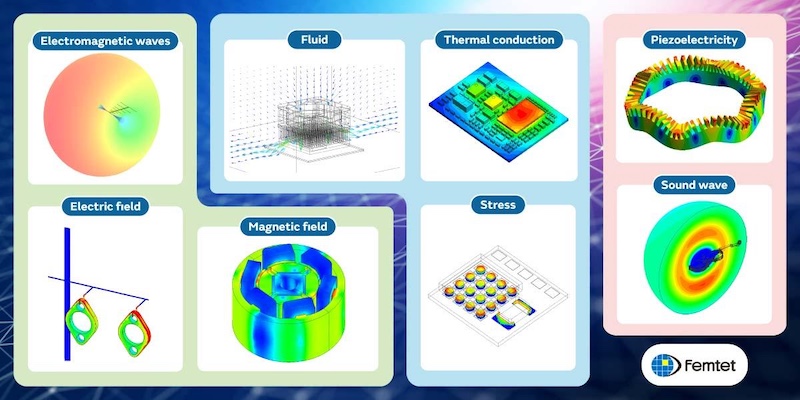Murata Manufacturing is making its long-running engineering simulation software available to the wider market, after developing it internally for around 40 years.
The tool, called Femtet, is a computer-aided engineering (CAE) system based on the finite element method (FEM).
It has been used inside Murata for decades to help engineers design and test electronic components by simulating stress, heat, electromagnetic fields, fluids, vibration and other physical behaviours.
Femtet’s origins go back to 1979, when Murata engineer Mr Okada began writing his own analysis program on a “minicomputer” with only “a 16-bit CPU and 32 kilobytes of memory”.
Working late into the night, he built software to analyse the oscillation of stainless-steel components used in clocks. When the results closely matched physical tests, he shared it across the company, and Murata’s leadership encouraged him to continue.

As one managing director told him: “The era of computer-based design is coming. You should focus only on developing this simulation software.”
Over the years, Okada and his team expanded the software from a single-purpose tool into a full CAE platform with eight analysis fields, covering “electromagnetic waves, electric fields, magnetic fields, fluids, thermal conduction, stress, piezoelectricity, and sound waves”.
A major priority was ease of use. Okada says Murata invested equally in the core solver and in the “input and output HMI”, noting that “the enhancement of the operability was the key factor behind the decision to sell the software externally”.
Although Femtet was first released to the market in 2008, Murata is now actively promoting it as a standalone product for engineers in electronics, automotive, machinery, materials and education.
Early sales were slow, but the tool gained traction after Murata added features such as CAD import based on customer feedback.
Femtet also allows users to adjust mesh settings flexibly, an important function in FEM analysis. Murata says it has kept the software competitively priced by limiting features to those that engineers “truly need”.
Okada says the goal now is to make Femtet accessible even to beginners through improved tutorials and continued refinement.
“We want to make Femtet useful to all developers and designers regardless of whether they are in Japan or overseas,” he says, adding that Murata hopes it will continue to “contribute to society through many companies and people.”

